Our path lies to the South and North Poles of the Earth's satellite
Studying the level of stability of the lunar surface, searching for the best places for landing Russian devices on the Moon, creating devices for studying extraterrestrial matter, studying the mineralogy of the lunar soil. This is only a small range of issues that are studied by employees of the Vernadsky Institute of Geochemistry and Analytical Chemistry of the Russian Academy of Sciences in the field of space exploration. The institute's specialists told MK about the most recent outstanding work in this area.
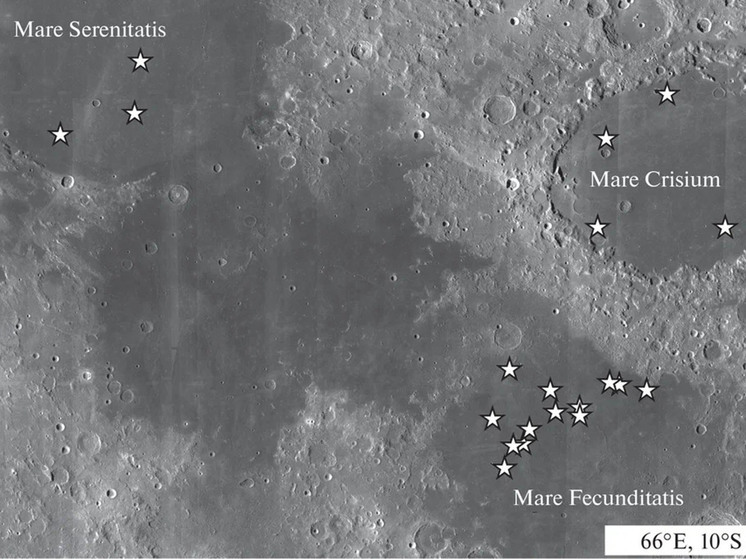 The locations of the studied craters on the Moon are indicated by asterisks. Photo: GEOKHI
The locations of the studied craters on the Moon are indicated by asterisks. Photo: GEOKHI
Everyone knows that there are craters on the Moon – big and small. Of course! After all, on average, two or three meteorites fall on the Moon every day. Small meteorite craters are sometimes located on the walls of larger ones. As a rule (this is known from other bodies in the Solar System), with each new meteorite fall, the rocks of a large crater become unbalanced and begin to creep downwards under the force of gravity. However, the speeds at which landslides form vary, and the plans of researchers sending reconnaissance spacecraft to other planets often depend on this.
Since the rate of landslide formation on the Moon has not been sufficiently studied until recently, the staff of the Laboratory of Comparative Planetology of the Vernadsky Institute of Geochemistry and Analytical Chemistry of the Russian Academy of Sciences (GEOKHI), together with the Lomonosov Moscow State University, decided to clarify this issue specifically for the Earth's satellite.
According to Mikhail Ivanov, head of the laboratory at the Geochemistry and Analytical Institute of the Russian Academy of Sciences and Doctor of Geological and Mineralogical Sciences, they analyzed the structure and relief of 24 lunar craters with a diameter of 5-15 kilometers, located in the Seas of Clarity, Crisis, and Abundance, as well as in the continental terrain of the lunar Apennine Mountains.
The rate of so-called lunar landslides (or slope processes) on the Moon was determined by comparing the populations of craters superimposed on the ejecta and the walls of the host craters.
The conclusion made by the researchers (the results were published in the journal Solar System Research) was unexpected: the rate of slope processes does not exceed millimeters per million (!) years. The relief of the studied lunar craters is stable and has remained virtually unchanged for billions of years.
“At the same time, the type of target does not have a significant effect on either the rate of slope processes or on changes in the shape of craters over time,” explains Mikhail Ivanov.
The results of the conducted research can be used to assess the local geological situation when planning expeditions to the Moon, both orbital and with landing on the surface.
Crater slopes will, of course, be studied by automatic devices in the future. But for now, for the landing of the first Russian device on the lunar surface in the last half century, GEOKHI specialists are still focused on flatter areas. As Evgeny Slyuta, head of the laboratory of lunar and planetary geochemistry at GEOKHI RAS and candidate of geological and mineralogical sciences, told MK, the landing area for Luna-27, which will launch in 2028, is located approximately 300 kilometers from the planned landing site of our Luna-25 in 2023 (as is known, it crashed as a result of a programming error).
– This will be our first attempt to land directly in the South Pole area – the landing site for Luna-25 was limited to just the area near it. According to accepted international rules, the South Pole area is considered to be everything south of 80 degrees south latitude. So, if Luna-25 was aiming to land at 68 degrees south latitude, this time we are choosing a landing site for Luna-27 specifically south of 80 degrees south latitude. The five sites we selected in the Malapert-F crater area are ellipses measuring 30 by 15 km. They meet all engineering and technical requirements: slopes less than 7-10 degrees, sunlight illumination more than 35% and Earth visibility more than 50%.
– They landed even further north than Luna-25 could have landed.
– It turns out that way.
— Unlikely. Many are currently aiming for the area of the South Pole of the Moon. For example, the American Viper spacecraft was going to fly there this fall (but it was postponed to 2025). They are also planning to send a manned NASA mission there by 2028, not to mention the many private missions being prepared.
– If the relief at the South Pole is complex, but it is possible to find several convenient landing sites there, then it will be more difficult to do this at the North Pole. The relief there is more complex. But in terms of the possible presence of water ice, the North Pole is no worse than the South Pole. We are now just beginning to study it in order to find successful «ellipses».
The comprehensive state program for studying the Moon is currently being carried out by four laboratories of the Department of Planetary Research and Cosmochemistry, namely: the laboratories of geochemistry of the Moon and planets, comparative planetology, meteoritics and cosmochemistry, as well as thermodynamics and mathematical modeling of natural processes. Both in the Russian project for the development of the Moon and in joint projects with the Chinese, the institute is responsible for solving fundamental and scientific-applied problems in the exploration and extraction of lunar resources, on which the construction of a future stationary lunar base depends.
In particular, research is being conducted on the mineralogy, geochemistry and chronology of lunar soil samples from marine and continental areas brought back by the Luna-16, Luna-20 and Luna-24 devices; lunar soil samples delivered by the Chinese station Chang'e-5 are being studied; in the future, it is planned to continue studying samples from Soviet and Chinese stations, including Chang'e-6 from the far side of the Moon.
GEOKHI RAS stores and studies a collection of lunar soil samples returned by the Soviet automatic lunar stations Luna-16, Luna-20 and Luna-24, as well as Chinese lunar soil from Chang'e-5 and lunar soil returned by American lunar missions (Apollo program). The main Russian collection of meteorites is also stored here. Currently, the institute is the leading organization for the study of extraterrestrial matter.

















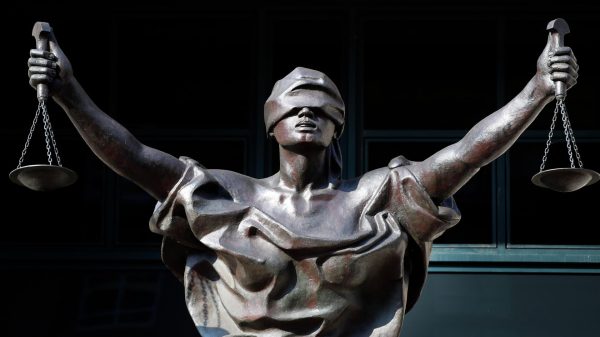
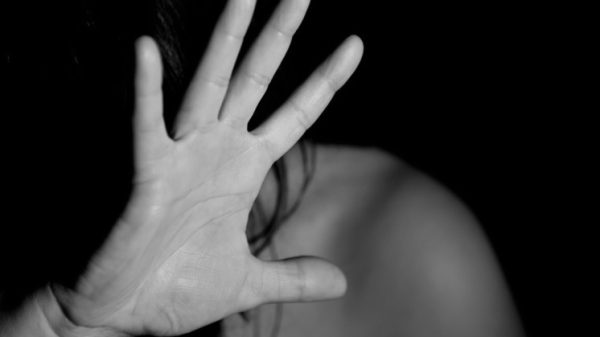
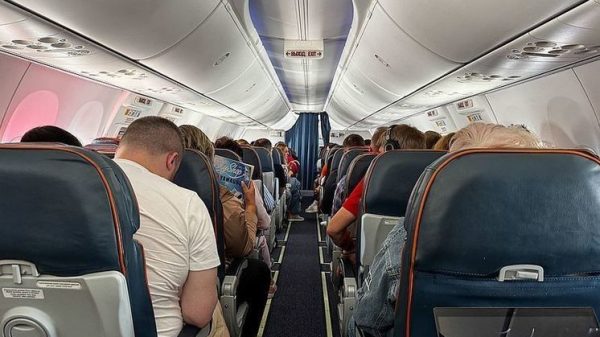

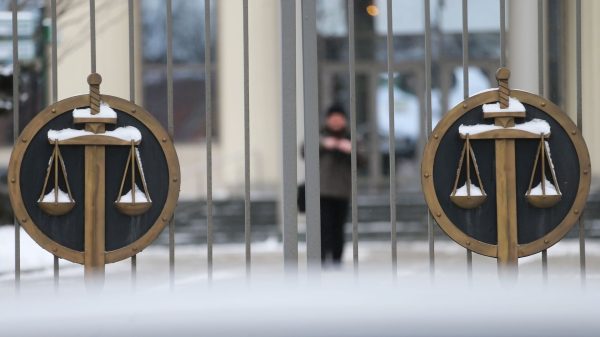

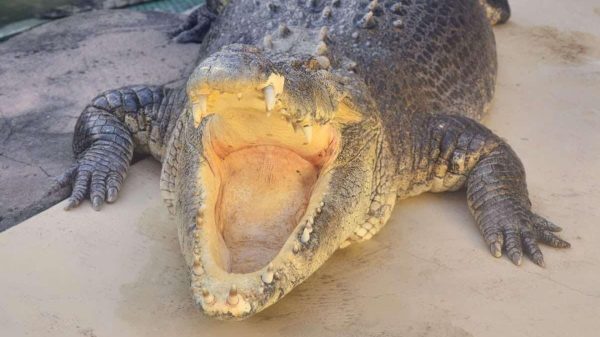



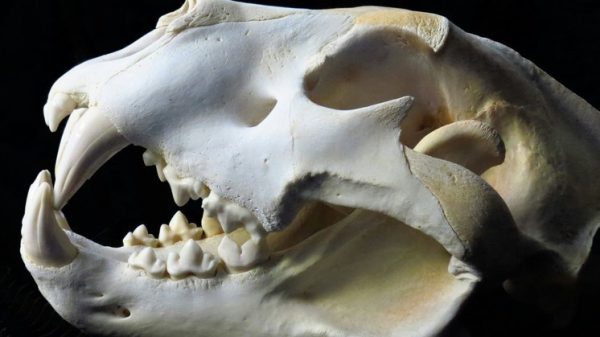

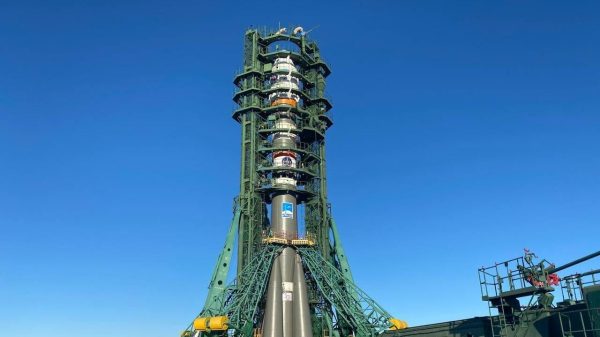
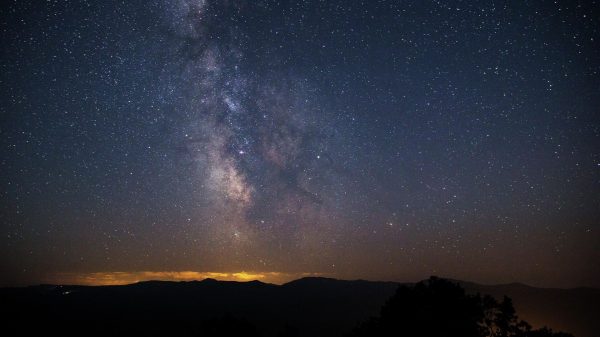
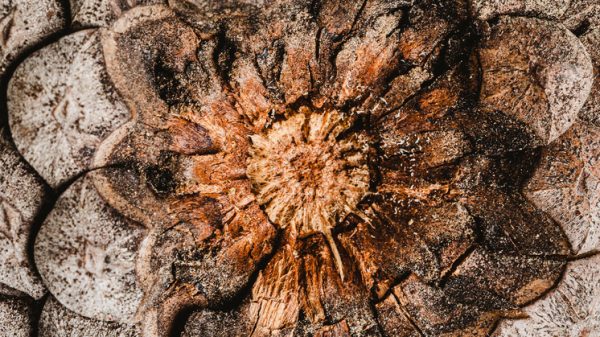


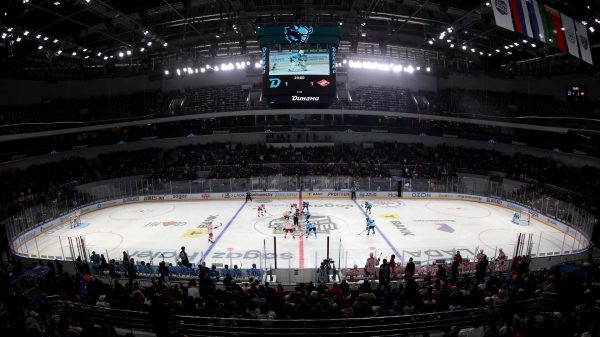











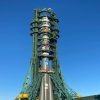
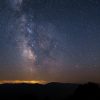

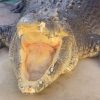














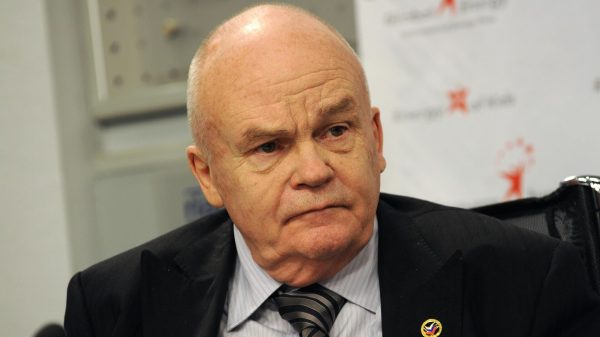
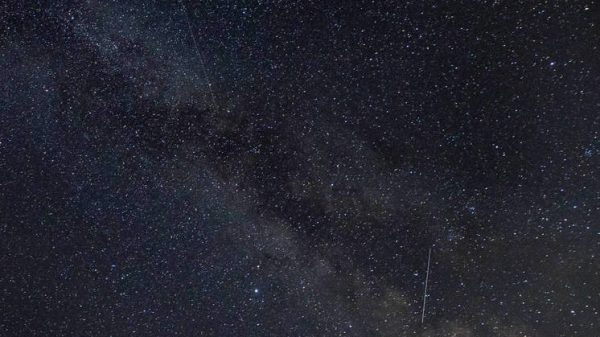

Свежие комментарии